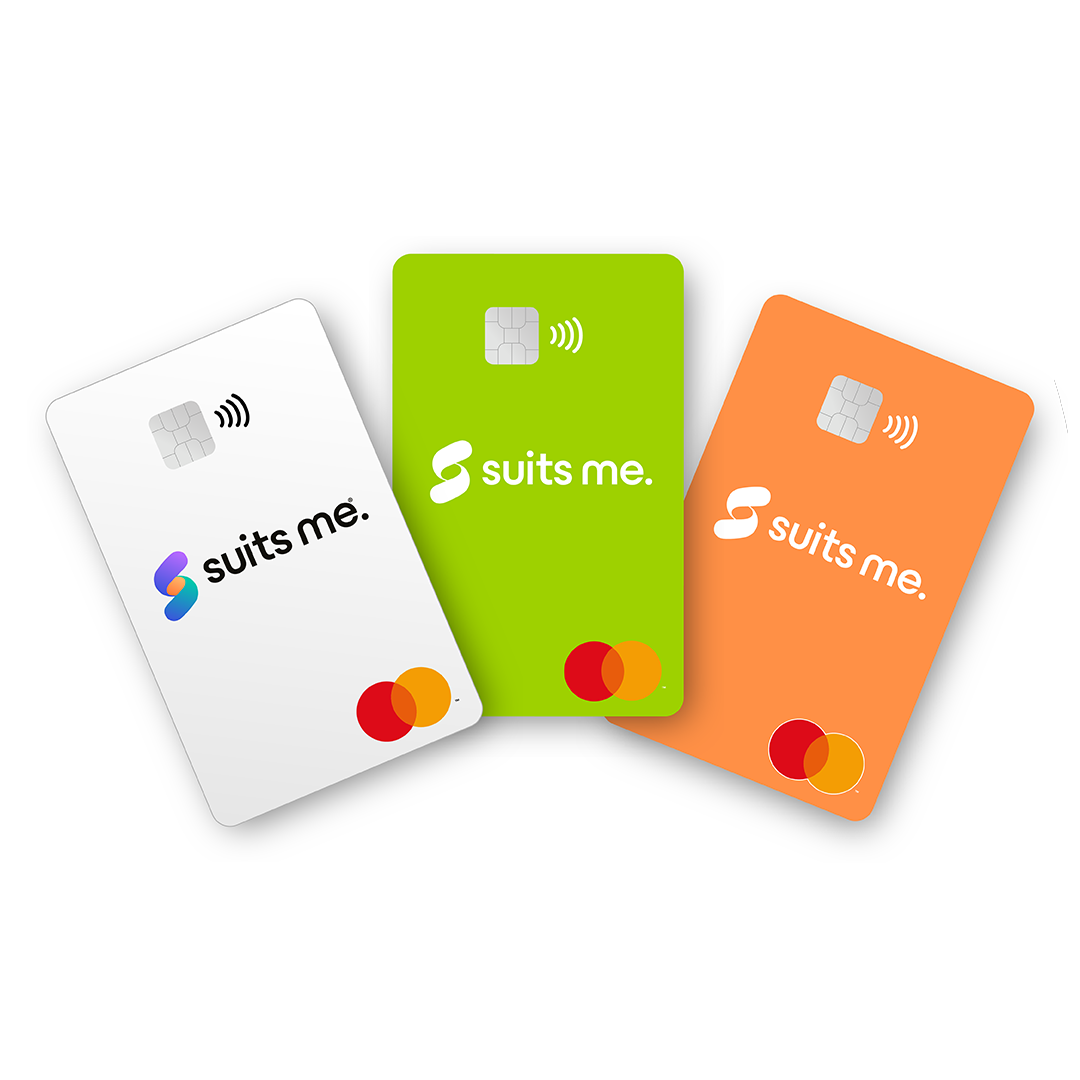If you regularly need to move money around within the European Union you’ll appreciate that it’s not as easy as it sounds. Moving funds across the border can get complicated, with different government insisting on different rules.
However, there is a system that seeks to make cross-border transactions as easy as possible: SEPA. The Single Euro Payments Area (SEPA) aims to harmonize the various regulations and instead create a single system that any customer in the member countries can use.
Here’s an overview of the SEPA Payments process, with all the essential facts you need to know.
Why was SEPA set up?
Despite the close trade links, the European Union countries plus some neighbouring nations found it very difficult to carry out financial transactions because of the differences in their systems, processes, and laws. Therefore, to smooth the way for a closer economic union, SEPA was created.
By introducing SEPA, financial transactions that crossed the border became just as easy as domestic payments or movement of money. The distinction between domestic and payments to the rest of the EU was eradicated with SEPA. In effect, it allows the EU nations plus Switzerland, San Marino, Monaco, Norway, Iceland and Lichtenstein to act as one giant state.
This means that not only can cross-border transactions be carried out seamlessly, it also gets rid of the extortionate international charges too. Moving money to another SEPA country shouldn’t cost you any more than a domestic transaction.
How does SEPA work in practice?
SEPA works in Euros, so all transactions will need to be converted before being processed. As well as being able to credit money from one account to another, there is also a SEPA direct debit process.
Before SEPA it was possible to move money from one European country to another but there were typically high processing costs, and there was a considerable delay. SEPA not only means you won’t have to pay hiked-up fees, but it also ensures the process is completed rapidly.
You can set up a direct debit for any of the countries within the SEPA region; this is particularly useful for anyone who’s planning on working or studying overseas temporarily. The direct debit process works just the same as any other direct debit with the same rules about advance notification.
SEPA also means you don’t need to carry around large amounts of cash when you visit another country, nor rack up huge international processing costs on your credit card. Just use your debit card as you would do in your own country, and you won’t have to fork out for any inflated charges.
Should you need to use your debit card to withdraw cash at an ATM in a SEPA country, the same rules apply. Using an ATM won’t cause you to incur any more charges than you would have done if you were withdrawing cash in your own country.
With a world that’s blurring boundaries between nations more than ever before, SEPA is an essential step in making payments, business, and transactions much easier.


